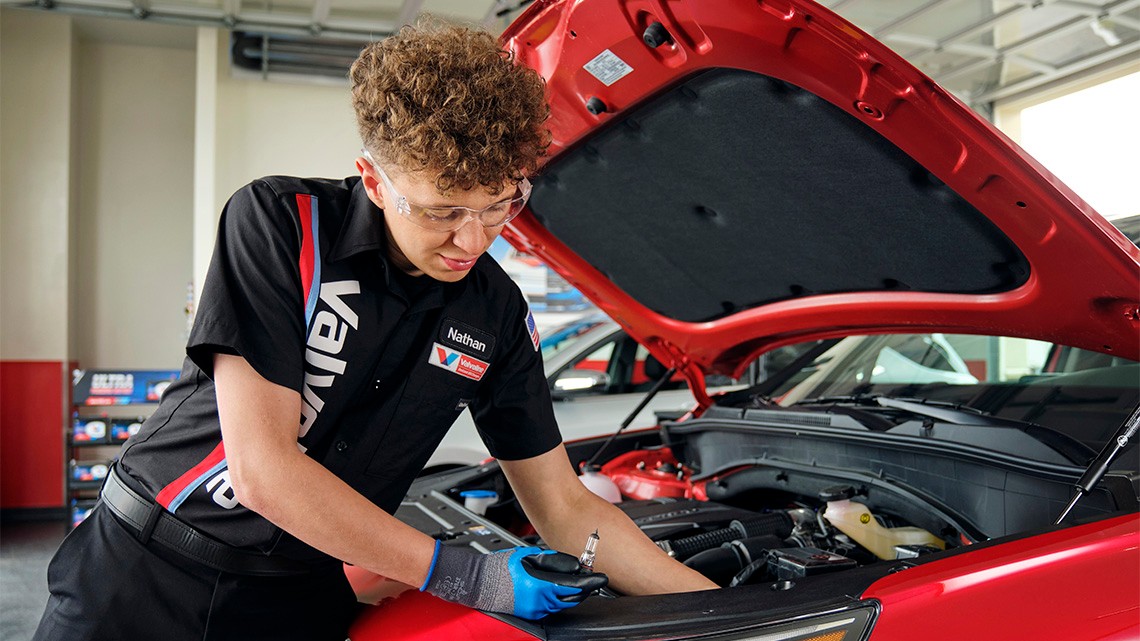Staying Fit


In February 2023, a 150-car Norfolk Southern freight train derailed in East Palestine, Ohio, near the Pennsylvania border, reportedly the result of wheels overheating. Twenty of the 38 cars that spilled off the track contained hazardous materials. Some of the derailed cars caught fire, billowing smoke into the air. Others spilled their loads into an adjacent ditch whose waters eventually empty into the Ohio River.
State and federal officials ordered a controlled burn to get rid of the waste — liquid and gas products used for making plastics, packaging, and electronics. Amazingly, no one died or was injured. Cleanup is still ongoing today.


AARP Membership— $12 for your first year when you sign up for Automatic Renewal
Get instant access to members-only products and hundreds of discounts, a free second membership, and a subscription to AARP the Magazine.
While one accident is one too many, the type of scenario found in East Palestine is rare. Railcars carried 2.3 million carloads of hazardous materials in 2022 across nearly 140,000-plus miles of American track, with 99.9 percent of the plastics, fertilizers and other chemicals arriving safely at their destination, according to the Association of American Railroads. This incredible record is thanks in part to the special training of rail workers tasked with the job of transporting these materials.
Ever since their birth nearly 200 years ago, railroads have played a key role in the American way of life. The transition from stagecoach to rail made travel across the U.S. cheaper, quicker and more comfortable. Perhaps most of all, the railroad helped to create a sense of national pride — serving as a symbol of American potential and ingenuity.


You can subscribe here to AARP Experience Counts, a free e-newsletter published twice a month. If you have feedback or a story idea then please contact us here.
In 2023, the rail transportation industry is smaller than it once was, but still 135,000 strong. Locomotive engineers, rail car repairers, track layers, brake and signal operators, railroad conductors, and yardmasters all work to transport the 1.6 billion tons of freight transported each year.
Of all the hazardous cargo freight carried across the U.S. on trains each year, the accident rate tends to be low. Nonetheless, railroad workers face precarious conditions in their work environment. They also require special training.
Paul, who asked not to use his last name, has worked for two major railroads over the last 16 years: first as a freight conductor, and currently as a locomotive engineer. He said conductor school and engineering training each require two months of class, followed by up to six months of on-the-job training. Certifications are valid for three years. Conductors must undergo a driver's license check and testing to get recertified.
Then, for hazardous cargo, there are additional training requirements required by the federal government. Susan Komen, the safety and training coordinator for the Occupational Safety and Health Administration (OSHA) Hazardous Waste Operations and Emergency Response (HAZWOPER) program, told AARP that training is key to safety on the rails. All rail employees handling hazardous materials must receive OSHA’s “general awareness/familiarization training,” which provides an overview of hazardous materials regulations (HMR) and the dangers of hazardous materials. Other workers receive additional job-specific training. In addition to the OSHA training, the Federal Railroad Administration (FRA) oversees all aspects of railroad safety. “For every OHSA rule, we have 10 more rules on top of that one,” Paul said.



































































More From AARP
50 Years Since The Exorcist First Terrified America
Sitting at the crossroads of science and faith, the iconic horror story is still scaring audiencesExtraordinary Destinations to Witness Civic Pride in Action
Some might say American patriotism is in decline but there are still celebrations going on
Don’t Be Afraid to Be a Good Guy in These States
Good Samaritan laws encourage us to step up when others are in needRecommended for You